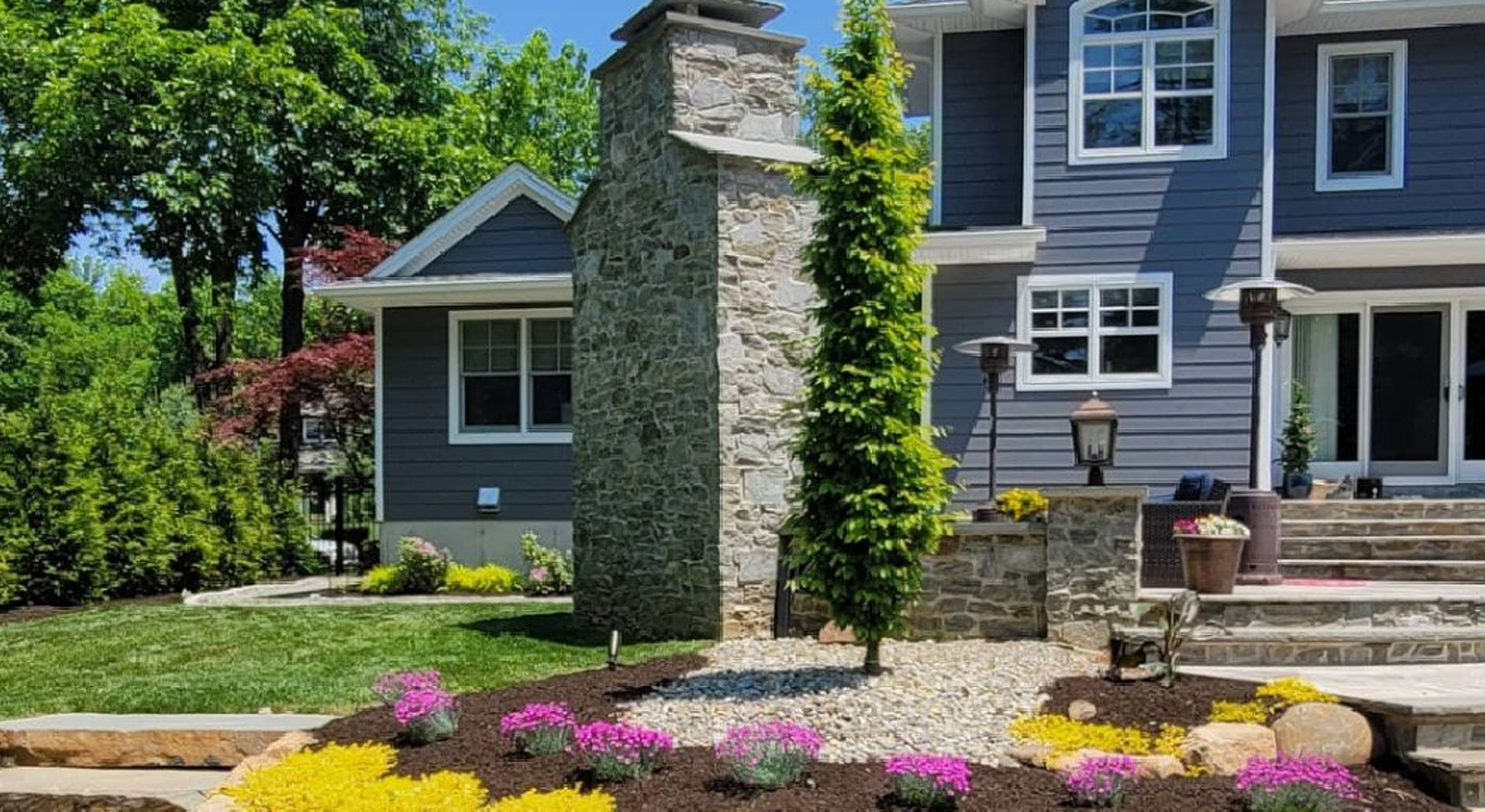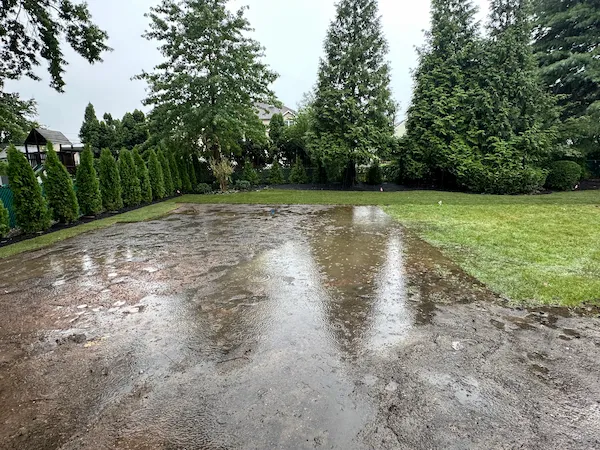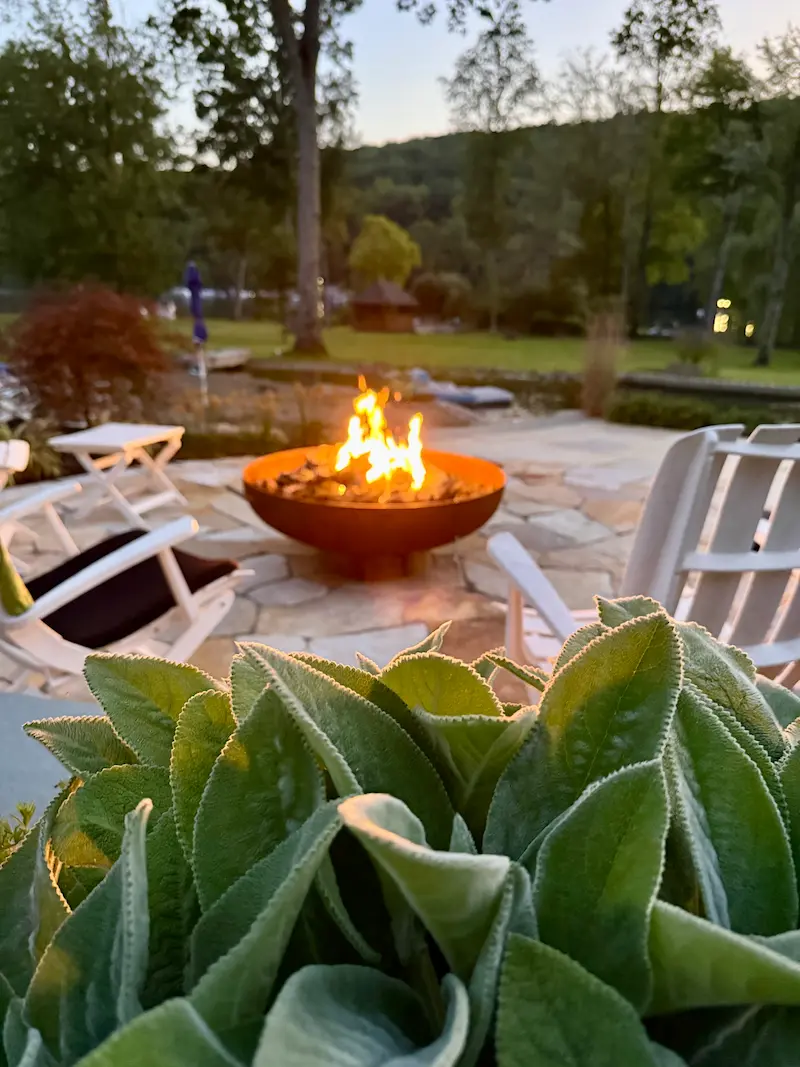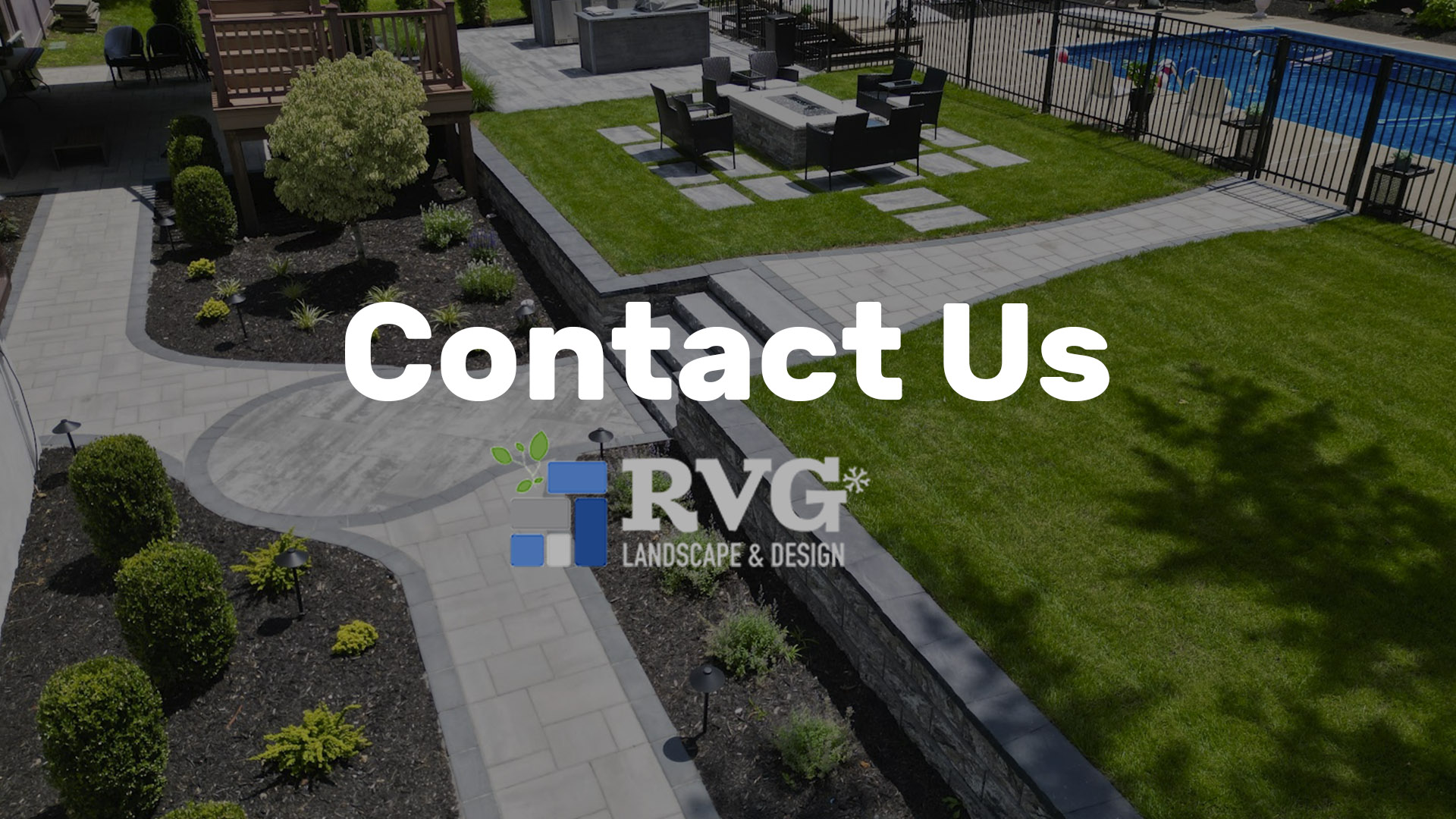Keep Your Garden Healthy with Practical Drainage Solutions
When picturing your ideal backyard, thinking about drainage might not be your first instinct. But it’s a vital component in ensuring your outdoor space remains beautiful and functional. Picture a garden where water flows naturally, keeping your plants hydrated without creating troublesome puddles or causing erosion. Good drainage isn’t just about looks; it’s crucial for the well-being and usability of your landscape. Ignoring it could lead to a host of problems, from soggy lawns to potential damage to your property. Let’s delve into why effective drainage matters for your garden and explore ways to keep your property safe from water issues.
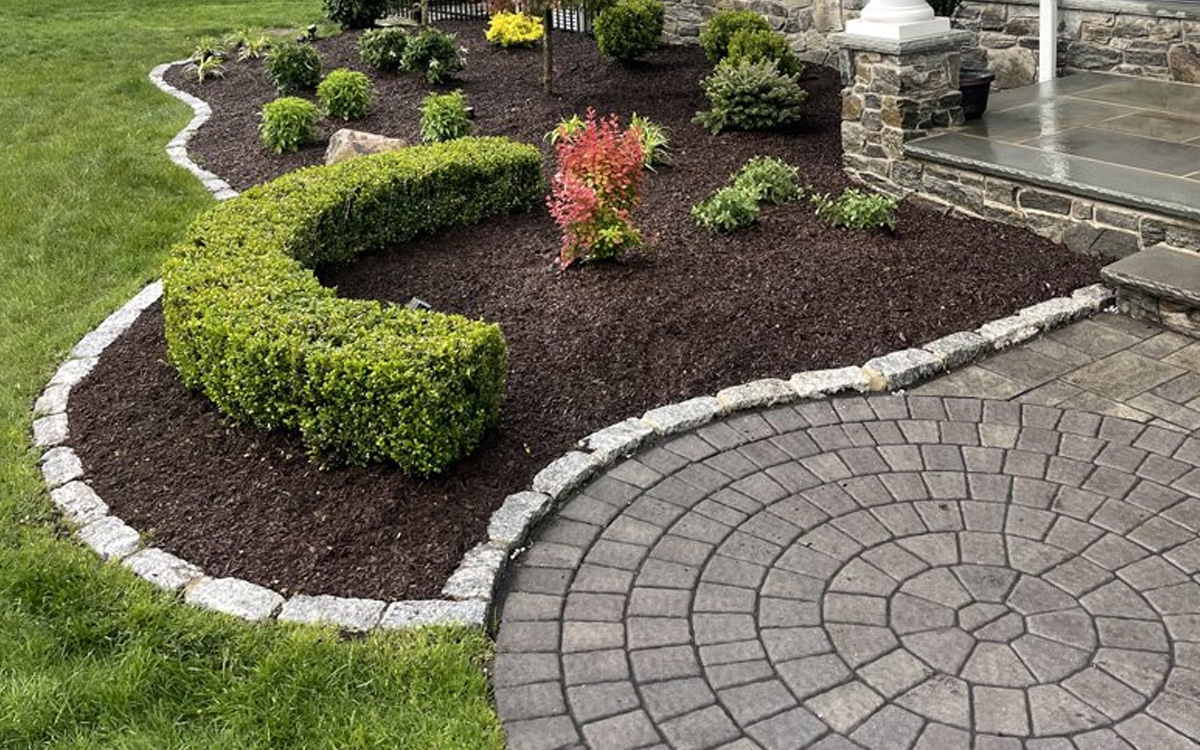
Understanding Drainage Principles
Various Drainage Techniques
Drainage is more than just guiding water away from your property. Different techniques can be employed based on your landscape’s unique needs. Common methods include surface drainage, subsurface drainage and slope drainage. Surface drainage involves removing excess water from the surface through features like ditches and swales. Subsurface drainage targets water below the ground using pipes and French drains. Slope drainage uses the natural gradient of the land to direct water flow.
Surface Drainage
- Key Points: Utilizes features like ditches and swales to remove excess water from the surface.
- Benefits: Prevents water pooling and reduces erosion risk, keeping the topsoil intact and your landscape aesthetically pleasing.
Subsurface Drainage
- Key Points: Employs pipes and French drains to manage water below the ground level.
- Benefits: Helps in reducing waterlogged soil conditions, protects plant roots and prevents basement flooding by efficiently channeling water away.
Slope Drainage
- Key Points: Leverages the natural gradient of the land to direct water flow.
- Benefits: Utilizes the existing topography to manage water flow effectively, minimizing the need for extensive infrastructure and reducing soil erosion naturally.
The Role of Soil Composition in Drainage
The type of soil on your property significantly impacts drainage effectiveness, which in turn affects the health of your plants and overall landscape. Sandy soils, characterized by their larger particle size, allow water to drain quickly and making them great for preventing standing water. This rapid drainage can also mean that sandy soils do not retain enough moisture for plants, leading to potential drought stress. On the other hand clay soils have much smaller particles and tend to compact easily, which allows them to retain water effectively. While this property can be beneficial for certain plants that thrive in moist conditions, it often leads to poor drainage, creating problems such as waterlogging and root rot.
Loam soils, which are a balanced mixture of sand, silt and clay, are often considered the gold standard for landscape drainage. They provide the perfect combination of drainage and moisture retention, supporting a wide variety of plant life. Understanding your soil composition is crucial when planning your landscaping, as it helps inform the right drainage solutions to implement. By assessing your soil type, you can make more informed decisions on irrigation practices, plant selection and even soil amendment techniques to optimize drainage and promote a healthy, vibrant landscape.
The Importance of Grading in Landscape Design
Grading refers to the shaping and leveling of the land to facilitate proper water flow across a landscape. This process is essential for directing water away from structures, which helps prevent pooling and excess moisture accumulation. Proper grading plays a crucial role in avoiding water damage to foundations, walkways, and plant beds, which can lead to costly repairs and maintenance issues over time. By ensuring that water drains effectively, grading protects your property from erosion and other water-related problems.
Moreover, a well-graded landscape not only improves drainage but also enhances the overall aesthetic appeal of your property. When done correctly, grading can create visually pleasing contours and elevations that add depth and interest to your garden or yard. Additionally, it can help with soil stability and allow for better plant growth, as well-graded areas promote healthy root systems by providing optimal drainage and moisture levels. Overall, the grading process is an integral part of landscape design that contributes to both functionality and beauty, making it a vital consideration for homeowners and landscape professionals alike.
Common Drainage Issues in Landscaping
Identification of Common Drainage Problems
Drainage problems can manifest in various ways. Some common issues include standing water, erosion and soggy soil. Standing water can create breeding grounds for mosquitoes and other pests, while erosion can lead to the loss of valuable topsoil. Soggy soil can suffocate plant roots and therfore leading to poor plant health and growth.
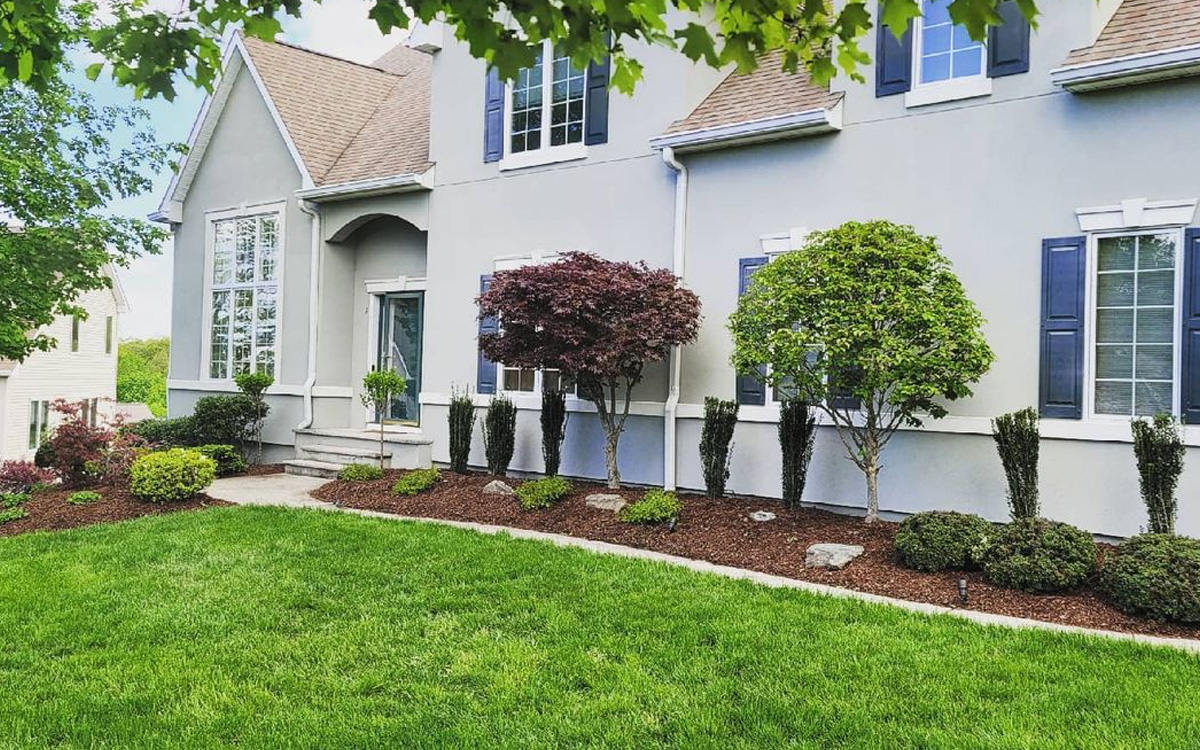
Understanding drainage issues in your landscape is crucial to maintaining its health and beauty. Here are some common problems you might encounter:
- Standing Water: This can create unsightly puddles, attract mosquitoes and promote the growth of unwanted algae and bacteria.
- Erosion: When water washes away the topsoil, it strips the land of essential nutrients and making it harder for plants to thrive.
- Soggy Soil: Excess moisture in the soil can suffocate plant roots, leading to poor growth and even plant death.
Effects of Water Stagnation on Plant Health
Water stagnation can have detrimental effects on plant health. When water doesn’t drain properly, it can lead to root rot. This is a condition where plant roots are deprived of oxygen and begin to decay. This can kill plants and disrupt the balance of your landscape. Proper drainage ensures that plants receive the right amount of water without the risk of overwatering.
- Root Rot: When soil remains waterlogged, plant roots are deprived of oxygen, leading to decay and plant demise.
- Nutrient Imbalance: Prolonged water exposure can alter soil pH, making it less suitable for many plants.
- Reduced Plant Growth: Without proper drainage your plants may grow slower or not at all, as they struggle to absorb essential nutrients.
Impact on Property Structure
Improper drainage can cause significant damage to your property structure. Water pooling near foundations can lead to cracks and weaken the structural integrity of buildings. It can also damage walkways, driveways and other hardscapes. Addressing drainage issues promptly is essential to protect your property from costly repairs.
- Foundation Damage: Water accumulating near the foundation can lead to cracks and weakening of the structure.
- Damaged Hardscapes: Water can cause driveways, walkways, and patios to crack and deteriorate, creating safety hazards.
- Increased Repair Costs: Addressing these issues early can save you significant expenses on repairs and maintenance.
Solutions to Improve Landscape Drainage
French Drains
French drains are an effective solution for managing subsurface water. These drains consist of perforated pipes buried in trenches filled with gravel. They collect and redirect water away from problem areas, preventing waterlogging and soil erosion. French drains are ideal for properties with clay soil or areas prone to standing water.
- Key Points: Composed of perforated pipes buried in trenches filled with gravel.
- Benefits: Effectively collects and redirects subsurface water, preventing waterlogging and erosion. Ideal for managing water in clay soil and areas prone to standing water, keeping landscapes dry and healthy.
Dry Wells
Dry wells are underground structures that collect and disperse excess water. They are typically filled with gravel or other porous materials that allow water to percolate into the surrounding soil. Dry wells are an excellent solution for managing runoff from downspouts and preventing water accumulation near foundations.
- Key Points: Underground structures filled with gravel or porous materials.
- Benefits: Efficiently collects and disperses excess water, preventing accumulation near foundations. Perfect for managing runoff from downspouts, ensuring the surrounding soil absorbs water efficiently, thus protecting property structures.
Proper Grading
Proper grading remains one of the most effective ways to ensure good drainage. By shaping the land to create a gentle slope away from structures, you can guide water flow naturally. This prevents water from pooling near foundations and reduces the risk of erosion and plant damage.
- Key Points: Involves shaping the land to create a gentle slope away from buildings.
- Benefits: Naturally guides water flow away from structures, reducing the risk of pooling and erosion. Enhances landscape health by preventing water accumulation, protecting plant roots and foundational integrity.
Benefits of Professional Landscape Drainage Systems
While DIY solutions can address minor drainage issues, professional landscape drainage systems offer comprehensive solutions tailored to your property’s unique needs. Professionals can assess your landscape, design effective drainage plans and install systems that ensure long-term functionality and aesthetics. Investing in professional services provides peace of mind and protects your property from potential drainage problems.
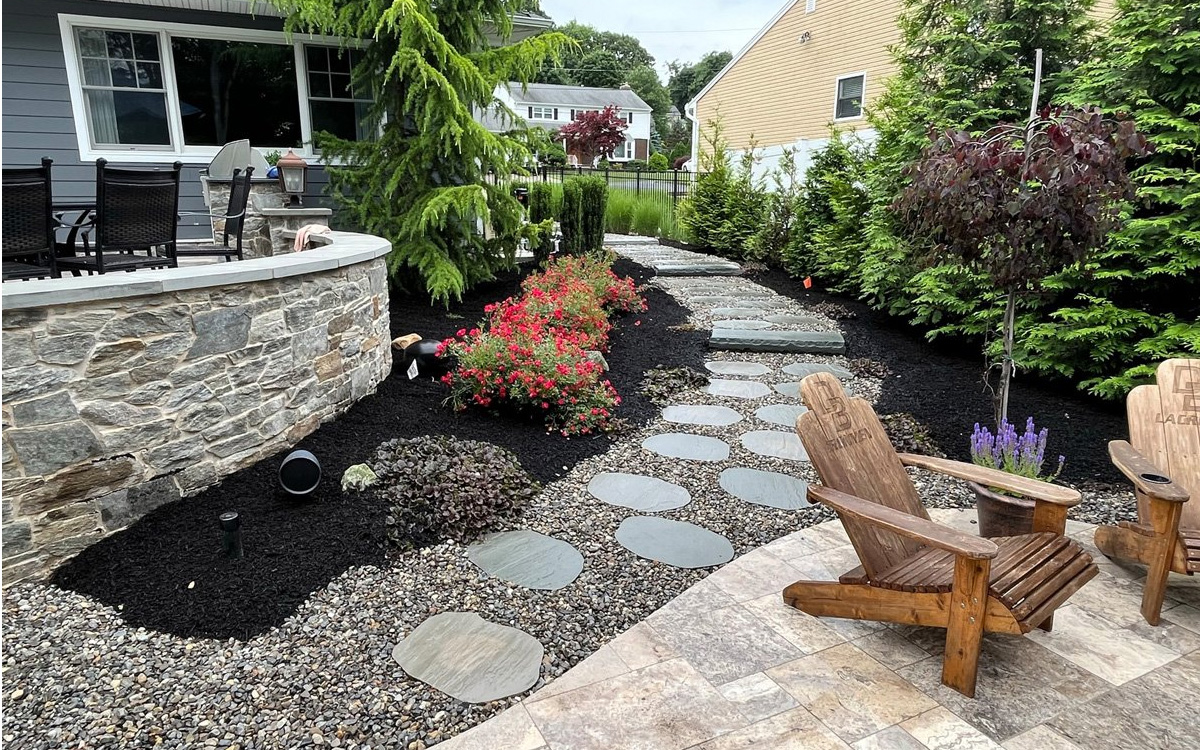
- Expert Assessment and Customization: Professionals, like ourselves, start with a thorough evaluation of your property, taking into account soil type, topography and local climate conditions. This detailed analysis ensures that the drainage solution is precisely tailored to your property’s unique needs, something that generic DIY solutions often lack.
- Innovative Design and Technology: With access to advanced tools and technology, professionals can design sophisticated drainage systems that optimize water flow and management. Their expertise allows them to incorporate features that effectively prevent water pooling, erosion, and other common issues, enhancing the overall health of your landscape.
- Quality Installation and Materials: Professional installation guarantees that high-quality materials are used, ensuring durability and efficiency. These systems are built to withstand varying weather conditions and are less prone to failures that can arise from incorrect DIY installations.
- Long-term Functionality and Aesthetics: Professional systems are not only functional but also designed to blend seamlessly with your landscape. This ensures that the drainage solution not only works efficiently but also enhances the visual appeal of your property, potentially increasing its market value.
- Peace of Mind and Protection: Investing in a professional service provides reassurance that your property is protected from water-related damage. This peace of mind comes from knowing that experts have designed and implemented a system that’s both reliable and effective, reducing the risk of costly future repairs.
- Increased Property Value: Well-maintained landscapes with efficient drainage systems are more attractive to potential buyers. Professional solutions can increase your property’s value by preserving its structural integrity and enhancing its aesthetic appeal.
Our RVG Landscaping Conclusion
Proper drainage is a fundamental aspect of landscape design that should not be overlooked. It ensures the health of your plants, protects your property structure, and enhances the beauty of your outdoor space. Whether you’re a homeowner, commercial real estate owner, or luxury property developer, investing in effective drainage solutions is essential for maintaining a vibrant and functional landscape.
If you’re ready to assess your property’s drainage needs and explore professional landscaping services, visit RVG Landscaping Services for more information. Our team of experts is here to help you create a stunning, well-drained landscape that reflects your unique vision. Contact us today for a free consultation and take the first step towards transforming your outdoor space.

